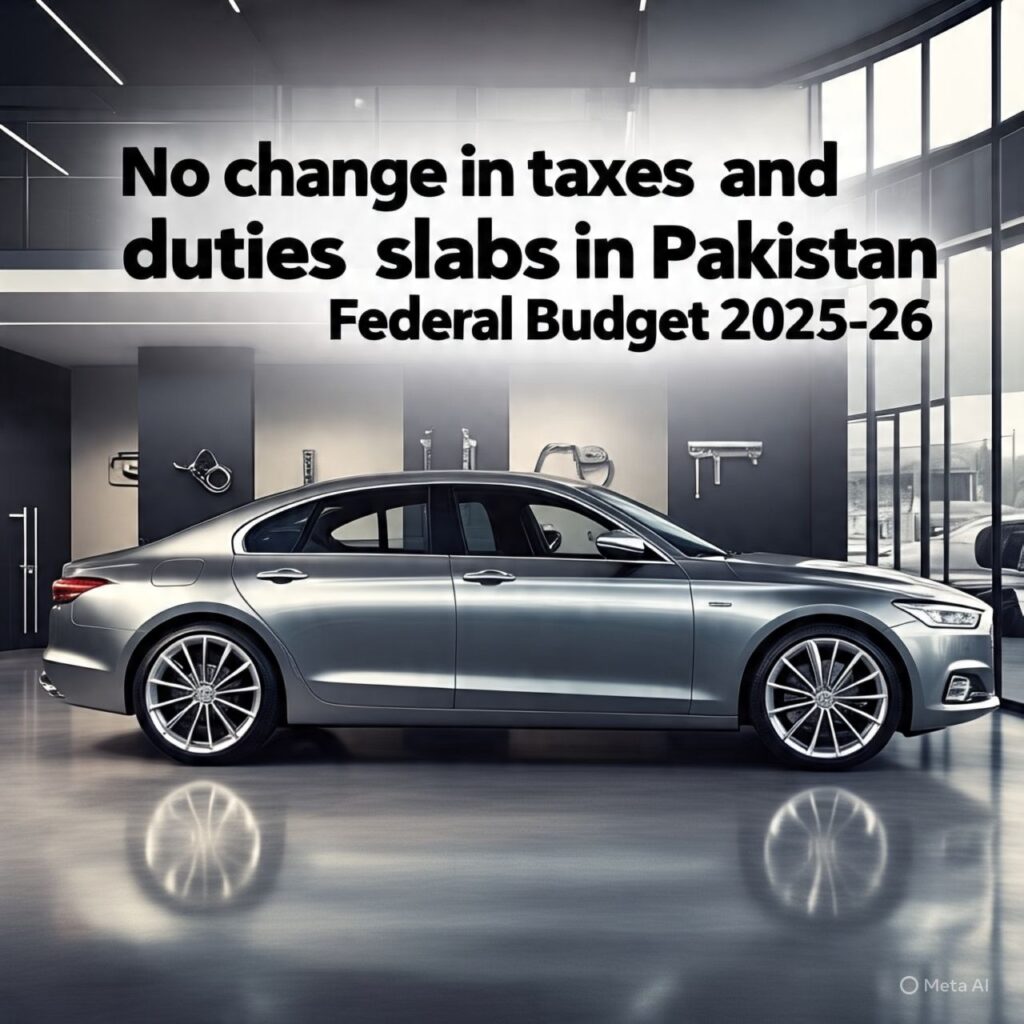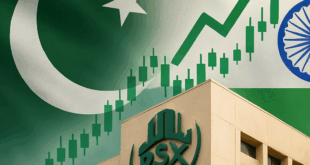
Aftab Maken
ISLAMABAD: There is a strong possibility that the federal government will maintain the current slabs of tax and duty on vehicles in the upcoming Budget 2025-26. Despite several proposals under consideration, the current import duties on automobiles are likely to stay unchanged, sources familiar with the development told this scribe.
Presently, vehicles in Pakistan are subject to a maximum of taxes and duties. These include a 17% General Sales Tax (GST), Excise Duty ranging from 10% to 20% (depending on engine capacity), and Withholding Tax based on the final price of the car. In addition, the imported cars also face extra customs and regulatory duties.
Similarly, the provincial governments also impose their taxes. These include registration fee, annual road tax (also known as token tax), and luxury taxes on high-end vehicles. These rates vary from province to province and often depend on engine capacity, invoice value, or whether the buyer is a tax filer.
In its budget proposal, the Federal Board of Revenue (FBR) has suggested introducing a new 5% duty tier to simplify and rationalize the existing duty system. The aim is to bring more structure to the complex auto import framework.
Currently, duties and taxes on new imported vehicles range from 50% to 100%, depending on the size and type of the vehicle. However, the Ministry of Commerce and the Ministry of Industries had recommended a reduction in this range — proposing a 5% to 30% duty for new cars up to 1801cc engine capacity.
According to sources, Prime Minister Shehbaz Sharif has rejected the proposal to increase the existing five duty slabs to six. Instead, he approved a plan to streamline the system by reducing it to just four slabs. The maximum customs duty is expected to be capped at 15%, down from the current 20%, and will be brought down gradually over five years.
Breakdown of Current Auto Sector Taxes:
- Customs Duty is the largest cost on imported vehicles, especially those with larger engines or luxury features. It can go as high as 100% in some cases.
- Sales Tax (17%) is charged on the car’s final price, regardless of its origin.
- Excise Duty also varies with engine size, hitting higher-end vehicles harder.
- Registration & Road Taxes are managed by provinces, with token tax structures differing in Islamabad, Punjab, Sindh, and KP.
- Withholding Tax is charged at the point of sale, adding further to the total price.
- Luxury Tax is imposed on vehicles above a certain engine size threshold (commonly 1800cc or 2000cc).
- Additional Regulatory Duties have been introduced at times to protect local manufacturers, though some reductions were made in previous years.
The government is also actively working to encourage the use of Electric Vehicles (EVs) and Hybrid Electric Vehicles (HEVs). Tax incentives and exemptions are being considered to make EVs more accessible to consumers and investors.
There are also discussions around allowing the import of older used vehicles—extending the age limit from five years to possibly ten—particularly as a way to provide affordable options in the market.
Moreover, under pressure from international lenders like the IMF, Pakistan has agreed to reduce its average import tariffs over the next five years. This means that the prices of imported cars could gradually come down as duties are lowered.
The government’s auto policy is at a turning point, balancing between boosting local manufacturing and offering more choices to consumers. While the Budget 2025-26 may not bring any major surprises for the auto sector, the direction is clear — simplify the system, lower taxes gradually, and make room for modern technologies like electric vehicles.
 BeNewz
BeNewz




